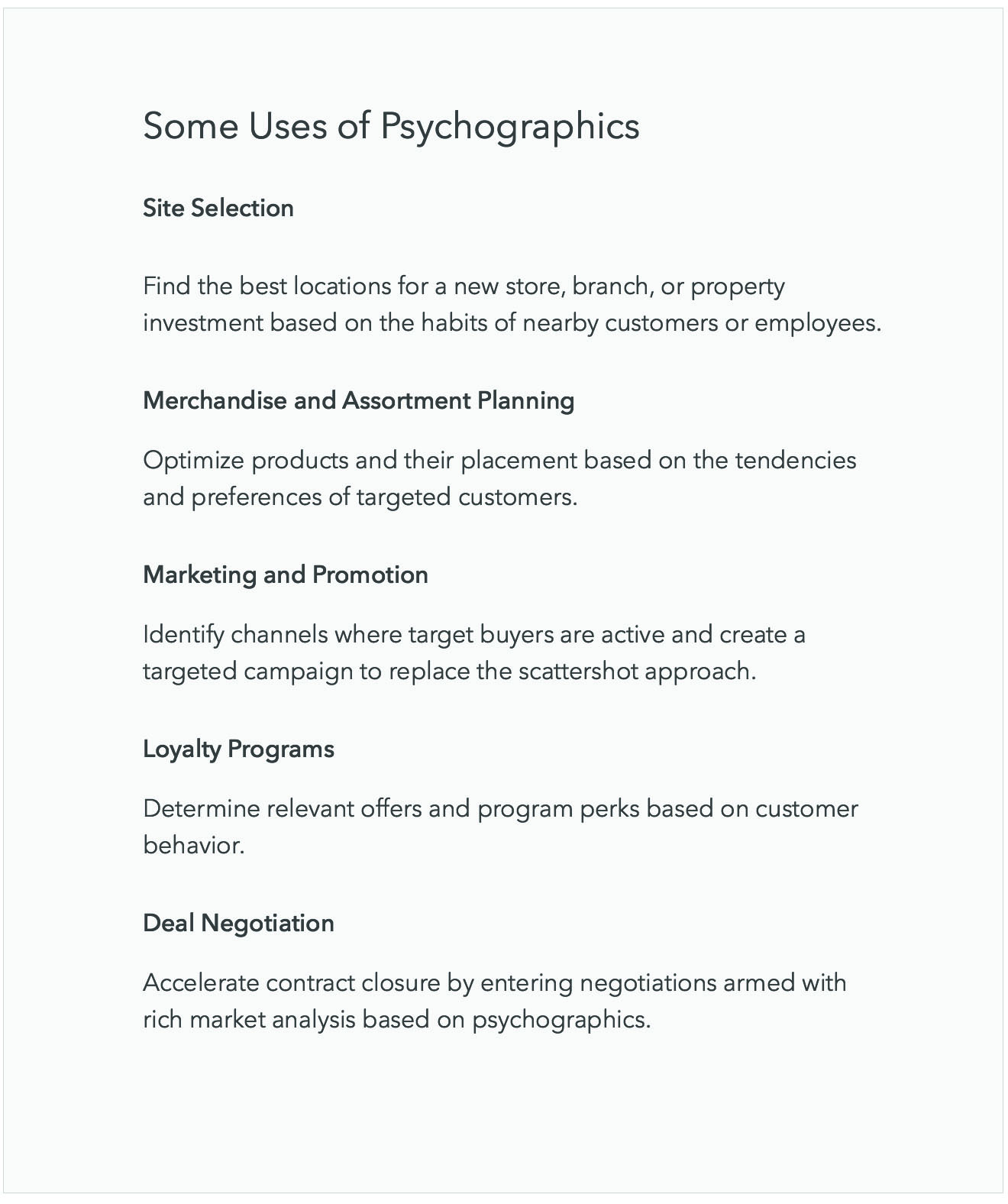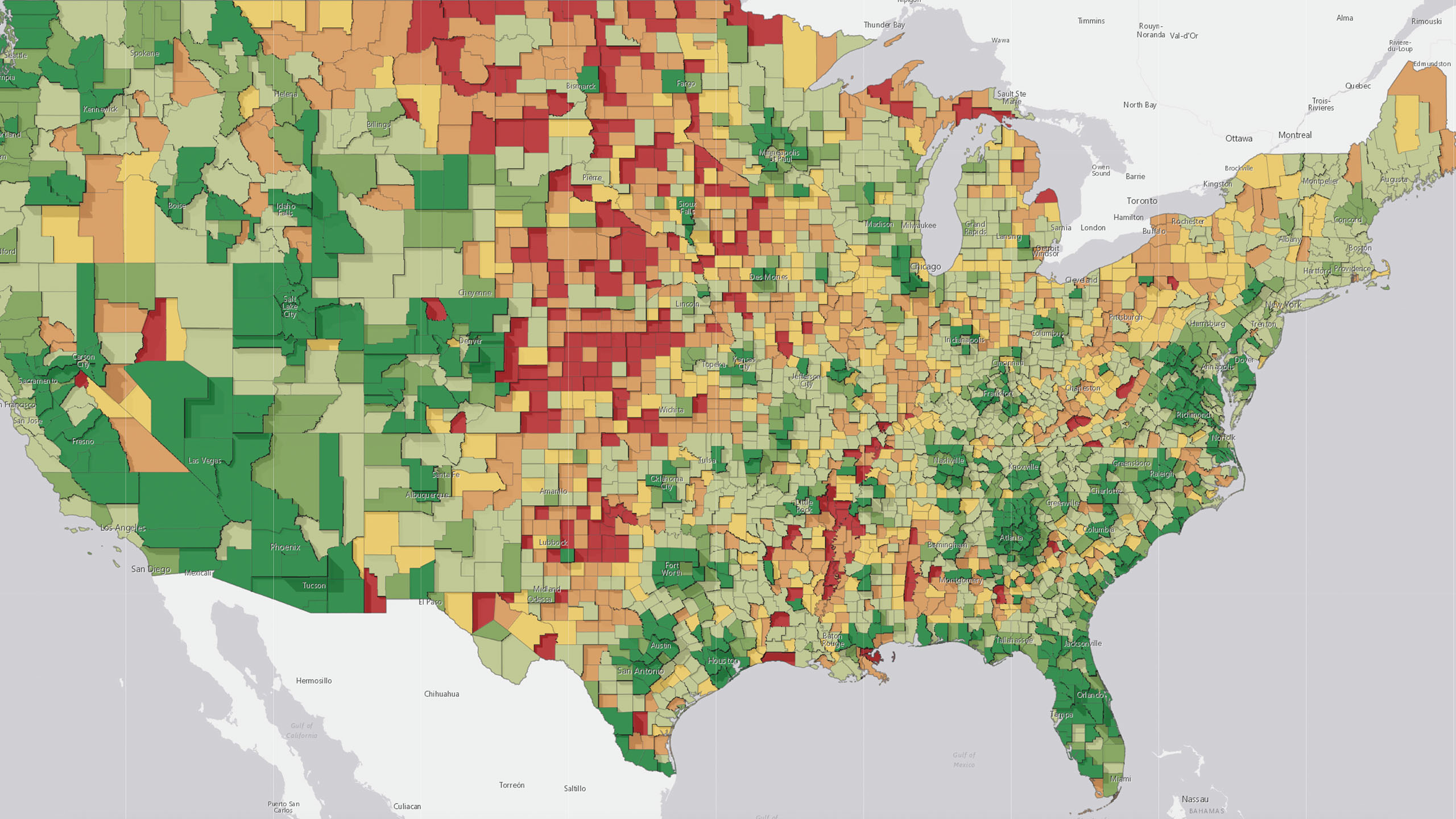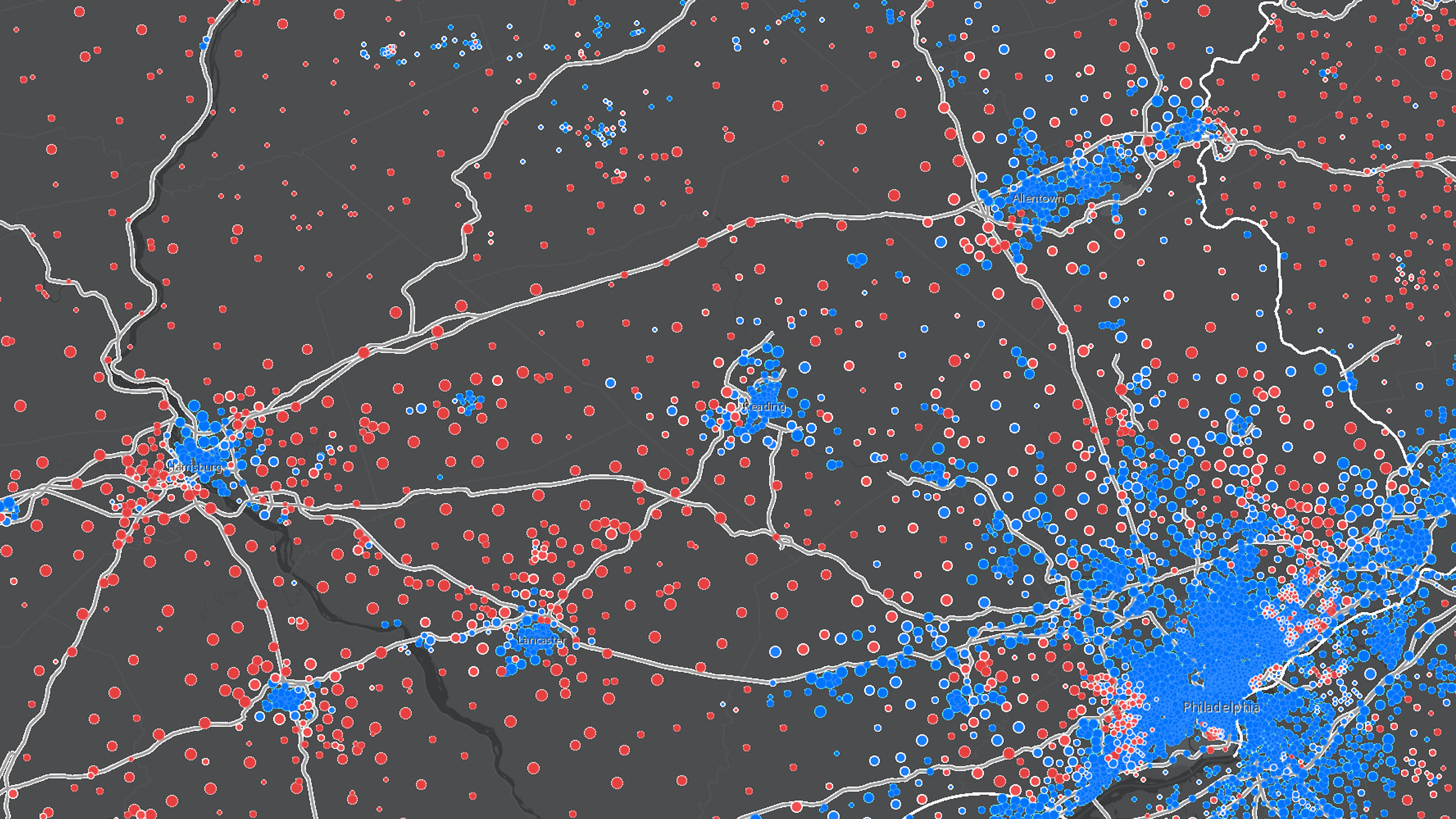The use of psychographics—which is about the ability to connect, persuade, and influence people—has entered the mainstream of high-stakes arenas, including the 2016 US political elections. But political strategists aren’t the only ones gravitating toward this form of big data analytics—leading companies are as well.
Psychographics versus Demographics: What’s the Difference?
For decades, pollsters, product marketers, location planners, and others used US Census data to segment people who lived in the same geographic location. A typical demographic segment might include white females, 25 to 34 years old, with a yearly salary of $45,000 to $54,999. If that group were to make up a certain percentage of a city’s population, a high-end fashion retailer might open a store downtown.
But demographic data reveals little about those women’s interests or aspirations, and those are the characteristics that drive people to shop at a particular store or vote for a certain candidate. With that information, companies can target their marketing more effectively and avoid investing in less profitable geographic areas.

Psychographics broadens the scope from focusing on who a person is, to what that person believes in. Psychographics identifies lifestyle habits, values, attitudes, and other defining attributes.
(To explore the psychographics of your neighborhood, enter a location in this Zip code lookup tool.)
Armed with psychographic insight, a car manufacturer that’s focused on sustainability can launch dealerships in areas where people prefer a green lifestyle. A bank scouting locations for its next branch might use psychographics to avoid overinvesting in neighborhoods where people prefer online banking. A retailer will use psychographic data to identify cities with high concentrations of outdoor-recreation lovers, then stock stores appropriately and target ads in the social media channels where those prospects spend the most time.
Analysis in Practice
Strands of psychographic information are easy to find in the digital age. From Facebook posts, to Tweets, to online purchases, the digital trail we leave is long and can reveal much about us. But few companies have the resources to gather this data. Even if they could, they would lack the computing power to turn it into business insight.
But they know that this big data is valuable—more valuable than simple demographics.
“Demographic data, traditionally the king of data types, is diminishing in importance,” reads a recent Gartner report. “Other types of data, including behavioral and psychographic data, enable . . . marketers to understand and target audiences better.”
Some businesses rely on marketing companies to apply psychographics to specific campaigns. Others use a geographic information system (GIS). GIS displays psychographic insight geographically, allowing executives and planners to see the makeup of a region, Zip code, or even a particular city block.
The Shopping Center Group (TSCG) has used psychographics to advise companies on their location strategies. TSCG, the leading retail-only real estate company in the US, analyzes this information through GIS-based maps, and guides clients to the locations that favor their growth.
David Birnbrey, co-CEO and chairman of the company, says it’s important to understand the psychographics of geographic locations. “Our customers are savvy retailers,” he says, “and if we’re off by an inch, they’re off by a mile.”
In this video, Birnbrey and his fellow executives explain how they use psychographics to help TSCG clients gain competitive advantage—while TSCG has boosted its own revenue 30%.
Insight for the Taking
In a presentation at Columbia University’s 2016 Concordia Summit, Alexander Nix—of consulting firm Cambridge Analytica, the firm that consulted Donald Trump’s presidential campaign on psychographics—revealed a startling statistic. “We have somewhere close to four or five thousand data points on every adult in the United States,” he told the audience.
In all that psychographic data, there is insight, but that insight won’t arrange itself. Organizations like The Shopping Center Group are using GIS technology to chase it out.
“Clearly, demographics and geographics and economics will influence your world view,” Nix said in his presentation. “But equally important, or probably more important, [is] psychographics—that is, an understanding of your personality. Because it’s personality that drives behavior.”











